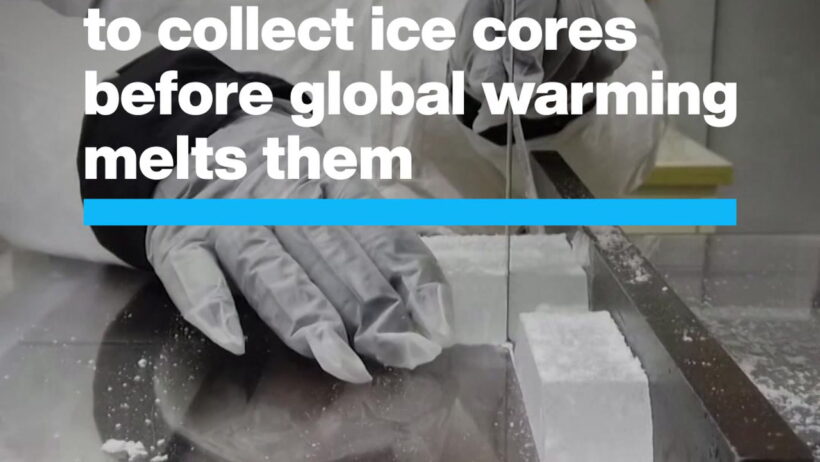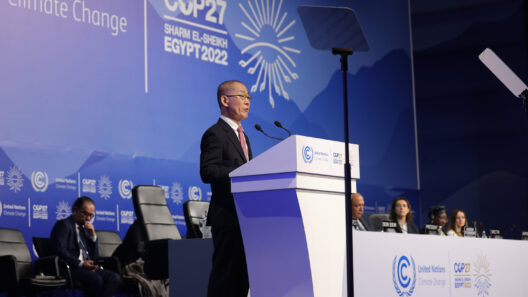Ice core samples serve as invaluable archives of Earth’s climatic history, enabling scientists to decipher intricate patterns of global warming over thousands of years. These cylindrical samples, extracted from glaciers and ice sheets, encapsulate atmospheric gases, dust, and other particulates that have accumulated over millennia. By examining these cores, researchers unveil a trove of information, shedding light on how our planet’s climate has evolved, how natural forces have influenced temperature fluctuations, and the extent of anthropogenic impacts on the environment.
The structure of ice core samples is fascinating. Each layer of ice represents a year of snowfall, with distinct layers forming during seasonal changes—winter layers being denser and more compact, while summer layers may be more porous, trapping air bubbles. These air bubbles act as tiny time capsules, preserving samples of the atmosphere at different periods. By analyzing the composition of gases, primarily carbon dioxide (CO2) and methane (CH4), scientists can establish a timeline of atmospheric conditions and correlate them with temperature variations. This relationship is critical in understanding the greenhouse effect and its role in climate change.
To unearth this atmospheric history, scientists drill deep into ice sheets, such as those found in Greenland and Antarctica, using specialized equipment that minimizes contamination. A typical ice core can extend over three kilometers deep, providing a detailed chronological record reaching back several hundred thousand years. Each centimeter of ice can equate to a specific year, transforming the layer into a treasure trove of data. As scientists slice these cores into manageable sections, they begin the meticulous process of analyzing the air trapped within, utilizing advanced technologies like gas chromatography and mass spectrometry.
The analysis of ice core samples has illuminated profound connections between greenhouse gas concentrations and global temperatures. Over the past 800,000 years, endogenous cycles, such as glacial and interglacial periods, have been discerned. During glacial epochs, temperatures plummet, while in interglacial phases, temperatures rise significantly. These fluctuations were primarily driven by natural phenomena such as solar irradiance variations, volcanic eruptions, and oceanic circulation patterns. However, the most alarming revelations arise when contemporary trends in atmospheric carbon dioxide concentrations are placed in context with historical data.
One striking facet revealed through ice core analysis is the unprecedented rate of increase in CO2 since the Industrial Revolution. Historical data show that atmospheric CO2 levels fluctuated between 180 and 300 parts per million (ppm) over the last several hundred thousand years. In stark contrast, modern measurements via direct monitoring show levels surpassing 400 ppm, significantly exceeding any historical baseline recorded in ice cores. This surge underscores the substantial impact of fossil fuel combustion, deforestation, and industrial activities—illustrating a pivotal moment in Earth’s climatic narrative.
Transitioning to a deeper understanding; ice cores also act as geological monitors of ecological and biogeochemical changes. Various isotopic analyses reveal information about temperature, precipitation, and even ocean salinity. In addition to trapping air bubbles, ice cores encapsulate particulate matter, such as dust and pollen, which can indicate aridity and vegetation patterns. For instance, higher levels of marine-derived salts may suggest shifts in oceanic conditions, while increased dust accumulation might correlate with arid climatic phases or shifts in wind patterns. Such data provide further context to historical shifts in climate and assist in delineating the influences of varying natural phenomena on global weather patterns.
Moreover, it is crucial to appreciate the implications of ice cores for predictive climate modeling. Understanding historical climate responses informs scientists about potential future scenarios, allowing them to simulate reactions to increased greenhouse gas emissions. This historical perspective fosters a nuanced comprehension of feedback loops inherent in the climate system; for instance, as temperatures rise, ice melts, reducing the Earth’s albedo effect and further accelerating warming.
Ice cores do not only chronicle a history of glacial and interglacial oscillations, but they also serve as a clarion call for urgent action against climate change. The patterns revealed by these cores raise profound questions about the thresholds of tolerance in the climate system. Even modest temperature increases can have far-reaching consequences, including the destabilization of ice sheets, dynamic shifts in weather systems, and alterations in biodiversity ranges. Each layer of ice reflects a moment in time, a snapshot of conditions that can inform present and future impacts of climate variation.
As scientists continue to extract and examine these invaluable samples, they foster a profound shift in perspective regarding our environmental responsibilities. The narrative told by ice cores reveals not just a past history, but a critical lesson on the interconnectedness of humanity and the climate. It highlights our role as stewards of the Earth, tethered to the fundamental processes that govern our world. The urgent task ahead is to heed the lessons learned from these frozen remnants and to act decisively to mitigate further anthropogenic warming.
In summary, ice core samples offer a remarkable opportunity to peer into the climatic annals of our planet. Through meticulous analysis of each layer, scientists unravel the complex interactions between Earth’s systems and human activity. With every core extracted, we gain deeper insights into our past, providing both warnings and guidance for the future. These frozen archives underscore the imperative for collective action, ensuring that future generations inherit a stable and resilient climate. Ignoring the messages encoded within these ice samples is not just a loss of knowledge but a misstep towards an uncertain climatic destiny.








